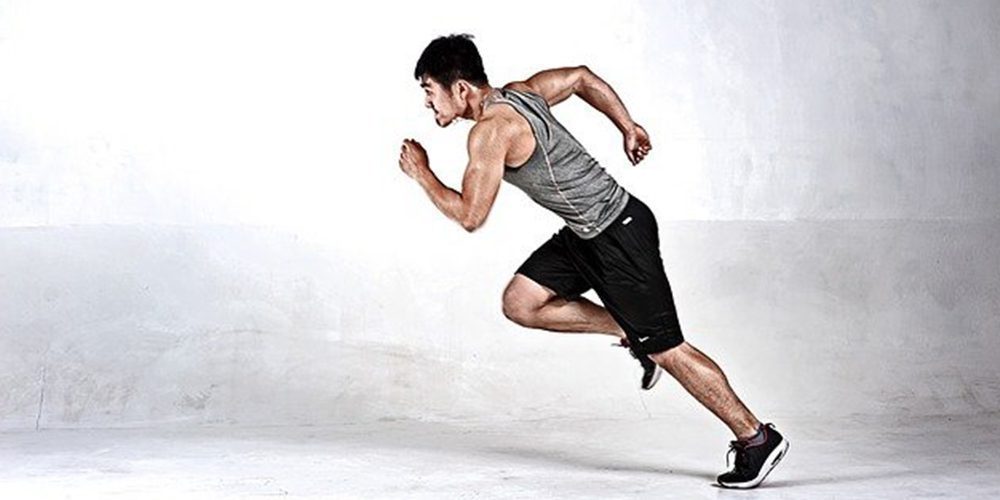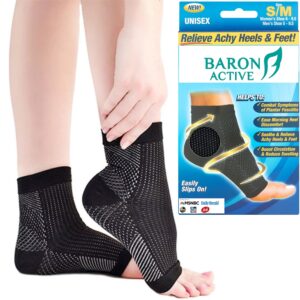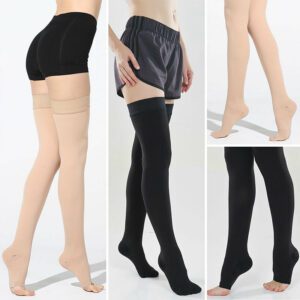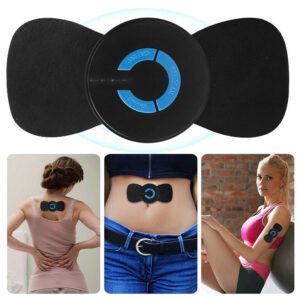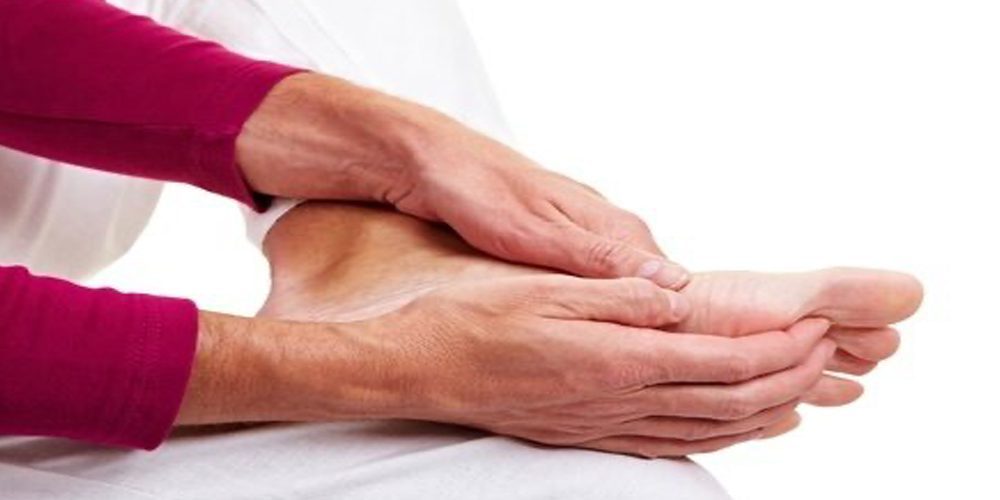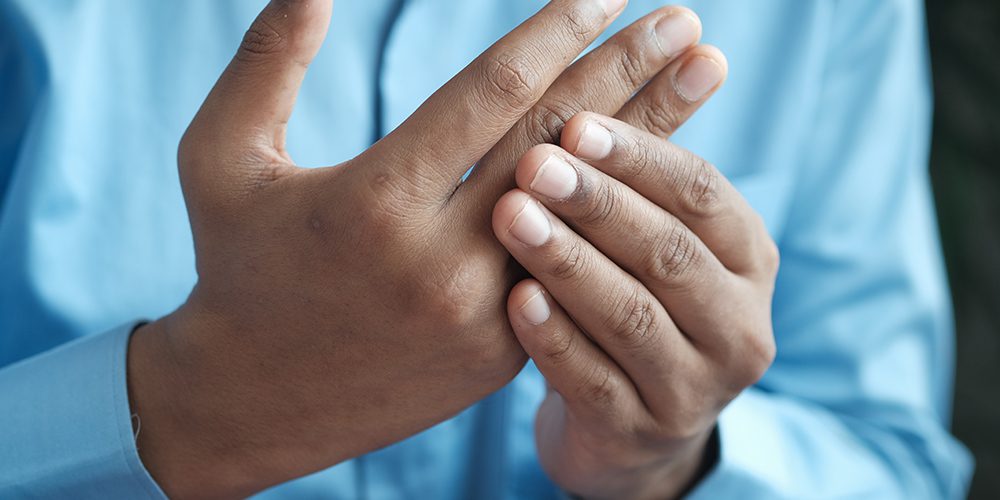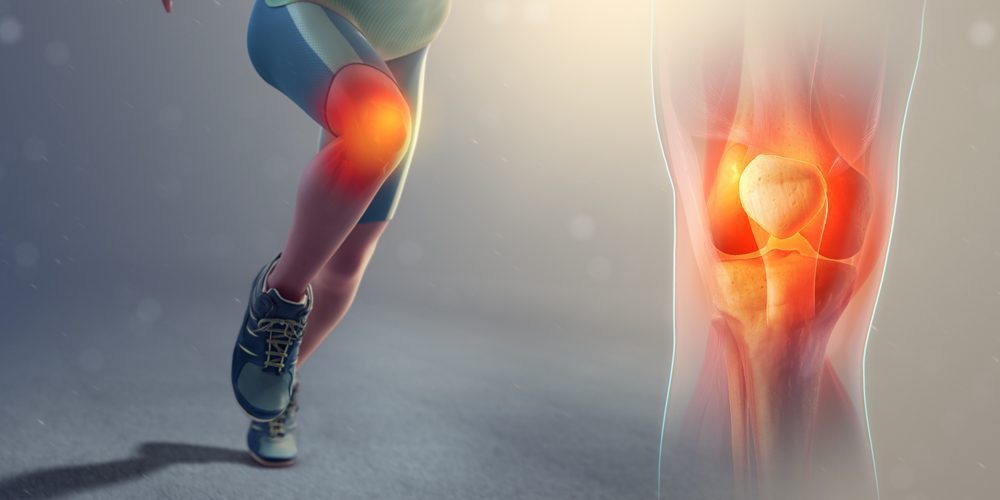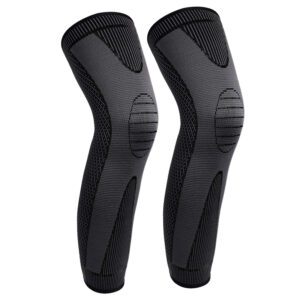It’s time to take control of your knee pain. And I’m going to show you how, step by step. You’ll learn all about the different conditions that can cause runner’s knee and which are most likely responsible for your pain. But don’t worry – there is a cure for each one of them! Plus, we’ll cover treatment options like rest, ice packs, braces, medication and surgery when appropriate. Best yet? There are some simple things you can do right now to help prevent runner’s knee from happening in the first place – these preventive measures will help keep you on track with your fitness goals so you can accomplish anything you set out to achieve without fear of getting sidelined by this debilitating condition.
What is runner’s knee? – An easy explanation
Runner’s knee is a term used to describe pain around the kneecap. This might happen because of anterior knee pain syndrome, patellofemoral malalignment, chondromalacia patella, or iliotibial band syndrome. Oh, sorry, you were looking for an easy explanation, right? So here it is: The kneecap, or patella, as it’s known to doctors, is the bone that sits over the knee joint. This wedge-shaped bone helps you move more easily (it’s like a pulley) and also prevents your shinbone from slapping up against your thigh whenever you bend your knee.
It’s important to keep your patella in a healthy position within the groove that runs along the top of your shinbone, otherwise you can develop runner’s knee (or any other bad condition). Basically, when anything goes wrong with this alignment, it causes pain on the border of your kneecap where it meets the side of your leg. This area is also sometimes known as the “outside” or lateral aspect of the knee, though that name is a bit confusing because there’s more than one way to describe the outside of your knee.
The bad news about runner’s knee
There are several different things that can go wrong to cause runner’s knee. The bad news is that all of them need to be treated differently (it’s not like there’s just one type).
The good news about runner’s knee
OK, now for the good news – you don’t have to live with it! With the right treatment, it’s possible to put an end to the pain, swelling and stiffness from runner’s knee. But in order to get rid of this condition for good, you’ll need to be smart about what treatment options you choose and how you use them. And that’s exactly what I’m going to show you here.
What are the symptoms of runner’s knee?
The main symptoms of runner’s knee are pain, swelling and stiffness on the outside of your knee. The most common time to experience this is when you get up after sitting for a long period of time. You may also feel it during or after running, but that usually only affects people who run long distances or those who engage in activities that require repetitive bending of the knee.
The pain can be dull and aching, or it can be sharp and shooting – either way, you’ll want to get to the bottom of what’s causing your condition so that you can put an end to it once and for all. You may also experience swelling on the outside of your leg around your kneecap, and this will probably get worse when you bend or straighten your knee.
Besides experiencing pain in and around the kneecap, you may notice rubbing, grinding or clicking sounds of the kneecap when you bend and straighten your knee.
Tenderness of the kneecap is another common symptom of runner’s knee. You may also have swelling behind the kneecap, and this may feel worse when you place your hands on both sides of your patella and apply pressure to it.
If you’re suffering from runner’s knee, you might experience pain or stiffness in the front of your thigh – on the inside or outside – especially when you sit for a long time.
Tightness of the front of your thigh may be another symptom, along with dull pain during or immediately after running.
While these symptoms may look like other conditions and knee problems, you should always talk about your specific situation with your doctor or healthcare provider for a diagnosis.
What causes runner’s knee?
Runner’s knee is not the result of any one factor or event, but rather a combination of elements. It usually results from a biomechanical problem in which there is injury to your kneecap, patellar tendon and/or iliotibial band.
Here are some common causes:
- Overuse. This is a very common cause of runner’s knee, not just in runners but in all kinds of athletes and people who are physically active. Repeated movements can cause damage to the structures that connect your kneecap to your thighbone or shinbone.
- Anatomical issues (the way your legs are shaped). Some people are born with a knee that isn’t quite straight. This can put extra strain on your kneecap, especially when you exercise. Some people are also born with kneecaps that don’t move as well as they should. In these cases, the pain and swelling associated with runner’s knee could be due to friction of the patella rubbing against the femur.
- Patellofemoral malalignment syndrome (patellar tracking disorder). In this condition, there is a misalignment of the knee cap as it moves forward and back when you flex and straighten your knee. This can lead to pain around the kneecap that usually disappears after a few steps or runs.
- If your knees are slightly knock-kneed, this can cause irritation of the kneecap. You might be able to see a slight overpronation (inward rolling) of the feet and legs as you walk or run. This is because your knee joints do not sit properly in their sockets, so they roll out on impact when you hit the ground.
- Runners who tend to land on their heels are more likely to experience runner’s knee than those who run and land on their forefoot because of the extra pressure this exerts on your kneecap. This is especially true if you have tight hamstrings or calves, which can increase your risk for injury in the knee.
- Running on uneven surfaces can also increase your risk, particularly if you run downhill or uphill. This is because your quadriceps (thigh muscles) are working harder than usual to keep you from losing balance, which can cause wear and tear in the knees.
- Obesity and extra weight around your midsection can contribute to runner’s knee because of excess weight bearing down on the knee joint.
- Tightness in your IT band can also affect your kneecap, as well as a condition known as chondromalacia patella (a softening and degeneration of the cartilage behind the kneecap). The resulting rubbing together of these two structures may cause inflammation and pain.
How is runner’s knee diagnosed?
If you are experiencing one or more of these symptoms, your doctor will examine your legs and knees. You may also be asked to perform a series of movements and exercises designed to test the strength and flexibility in your hamstrings, quadriceps and calf muscles.
You doctor will feel the front of your knee for tenderness or swelling. He or she might also check for heat over your kneecap as well as erythema (reddening due to inflammation) that can be caused by trauma.
If your doctor suspects a more serious problem such as a twisted knee or torn ligament, you may need additional testing such as X-rays, MRI scans and bone scans. It is rare to find significant on the MRI scan in runner’s knee. However, if there is an associated ligament injury, it can cause a bone contusion on MRI. This may affect the diagnosis and treatment in this case.
How do you fix runner’s knee?
Ways to relieve runner’s knee include:
Rest your knee. If your pain is caused by a minor injury or just general inflammation, you may be able to reduce the swelling and alleviate the pain with rest.
Use a brace. If your pain is due to a problem with one of the ligaments in your knee, a brace can help to stabilize the joint. Ice packs and physical therapy can also help reduce swelling.
Physical therapy. Stretching and strengthening exercises designed to strengthen your leg muscles and improve flexibility may be recommended. In particular, you might work on improving the strength and flexibility of your quadriceps, hamstrings and calf muscles.
Ice your knee. For the first two to three days, try applying an ice pack for 10 minutes at a time. Adding heat can help the tissue to relax after it has been stretched and this may reduce pain.
Insoles or Orthotics. One study found that insoles made with material that absorbs and redistributes pressure can relieve pain in runners.
Choose your Footwear. Wearing the right pair of running shoes is absolutely essential to avoid repeating injuries or straining muscles. You should have your gait analyzed before you buy any running shoes. Your feet pronate as they strike the ground, so you need the right shoe to control that motion in order to avoid knee pain.
Elevate your leg. When sitting, place a pillow or small block beneath your leg and rest on the pillow for 15 minutes. This increases circulation to the area and will help reduce swelling and promote healing.
Take pain killers. Acetaminophen or ibuprofen can help to relieve pain and reduce inflammation.
Stretch your knee. Stretching is important to help keep your muscle flexible, but if you have runner’s knee it can be hard to use the affected leg. Using a wall for support, try doing ‘sits’ with one leg in front of the other while lying on your back, bringing both knees together. A gentle stretch like this can give relief by increasing the range of motion in your knee.
Patellar Taping. A patella, or kneecap, tape can be used to provide additional support and stability around the patella tendon joint when that area is experiencing pain. This may relieve bursitis and help reduce inflammation around the area of injury as well as providing some pain relief.
How can runner’s knee be prevented?
Relieving runner’s knee with the right pair of shoes is important. It can also be prevented by doing regular stretching exercises and strengthening programs to strengthen your hamstrings, quadriceps, and calf muscles.
You can use shoe inserts, called orthotics, to realign your gait, improve the support of your foot and help with long-term alignment. You may also want to consider a knee brace for added support.
Warming up before a run is very important for avoiding injuries. Tight muscles are more prone to injury. A good warm up before you start exercising will help prevent strains and pulls. Keep your knees moving as much as possible when warming up, so if you do pull a muscle in your knee it isn’t the one that carries the most weight.
Managing your weight is important, too. Carrying extra weight puts more stress on your knees. So keep an eye on your weight, and if you have to lose a few pounds, consider a healthy diet plan. Avoid eating too many sugary foods and high-fat foods. Getting enough calcium will also strengthen bones and joints. Drinking plenty of water will help to keep your joints lubricated and well hydrated.
Avoid running downhill too much as this puts a lot of stress on the body. Choosing the right surface for your runs is super important. Running on hard surfaces, like concrete, is something you should not do regularly. It will place a lot of stress your knees, shins, heels and back as you repeatedly pound down onto it. Doing too much running uphill can put pressure on the front of your knee cap (patella), causing patellar pain or runner’s knee. When hills are unavoidable, walk them.
Running on the same route repeatedly can also have negative effects on your knees and other parts of your body so don’t get into a rut. Try different routes and new terrains to reduce the risk of injury, or do a lot of cross training to help keep your knees strong and mobile.
Running in the heat may not be so good for your body either, but does not always cause runner’s knee directly. If you want to run when it is very hot, then take the first few miles more slowly than normal and look for shady spots to run through.
Choosing the right pair of running shoes is essential. Not only to prevent runner’s knee. The wrong shoes can increase pressure on the front of your knee cap (patella). When you find a pair of running shoes that suit you, wear them in slowly. Allow time for your feet to adjust to the new shoe and don’t try to run long distances in them before giving yourself time to break them in.
Is it OK to run with runner’s knee?
The only way to get your knee feeling better is to give it a rest and allow the area around your kneecap (patella) to heal. A lot of runners try to run through the pain. This can lead to more serious injuries and problems down the track. If you have runner’s knee, stop running completely until you are feeling better. You will know when it is OK to run again because you will have no pain while running.
As soon as you can, go to a physical therapist or podiatrist for knee taping and other rehabilitation exercises for repairing the damaged muscles and tendons around the knee cap area (patella). Resting your kneecap (patella) before running again will help to prevent your runner’s knee coming back.
How long does runner’s knee last?
The vast majority of cases of runner’s knee get better within a few weeks or months. But in some instances, it can take up to four years for your knees to heal after an injury like this. If your knee pain keeps coming back after you have stopped running, see a sports injury specialist to find out what the problem is.
Do knee braces help with runners knee?
Knee braces will not cure your runner’s knee, but they can support weak knees to help prevent further damage. Using the strapping tape supplied, carefully wrap your kneecap (patella) with the tape so it is snug but not too tight. It may help to put on a knee brace after wrapping and keep using the tape for a few days before you decide whether or not you are happy with it.
You can use compression or neoprene knee braces to treat runner’s knee, but be sure to get one that is made specifically for your individual needs and gives you the support where you need it the most. If you are not sure where to get one, check out a sports medicine store or ask your physical therapist.
Avoid wearing the brace for too long as it can affect how mobile you are and cause stiffness in around the knee joint area. It is best to just wear them when doing strenuous exercises like going up and down hills or running on hard ground.
When it’s too hard to run or exercise at all and you need to rest your knees, a knee brace or knee support is a great way to keep your kneecap in place and reduce the pressure during everyday activities. You can wear a knee brace discretely under your pants to accelerate the healing process.
And after you’ve recovered, a knee brace or support can help to prevent another injury or condition. So be sure to pick one or more knee braces that help you get and stay active.
What happens if runner’s knee goes untreated?
If you let the pain and soreness in your knees persist, then the damage can start to affect other areas of your legs. This is because you will have weakened muscles that were once injured or overworked and are now being placed under stress through regular activities or exercise.
You may be more likely to suffer from knee joint problems later in life if you develop runner’s knee. The repeated stress you put on your knee joint area can lead to permanent damage and weaken the bones and cartilage around your kneecap.Chronic pain, swelling, a sensation of feeling ‘unstable’ in the knee or grating noises when you move are all signs that running with this condition could cause further damage.
Besides increasing pain and swelling, a serious arthritis condition can develop.
If you are running with patellofemoral pain syndrome on a regular basis, your kneecap may become permanently damaged from the cyclic trauma and it may be difficult to walk or run at all. Surgery may be required. The best thing to do is stop running and rest for a few days until the pain goes away rather than risk permanent damage or further surgery later in life.
Conclusion
If you’re suffering from runner’s knee, it can be difficult to find the right treatment. In this post, we’ve outlined what runner’s knee is and how long it lasts for – in addition to providing a few options on treatments and prevention tips that are available when managing your condition. If you want help deciding which of these different types of braces or wraps work best for your needs, let us know! Our team has years of experience helping people who suffer with running injuries like yours heal quickly so they can get back out there as soon as possible. Which type of brace would you recommend? Let us know by commenting this post and make sure to share this article with your friends and families on Twitter, Facebook, Instagram or Pinterest.





